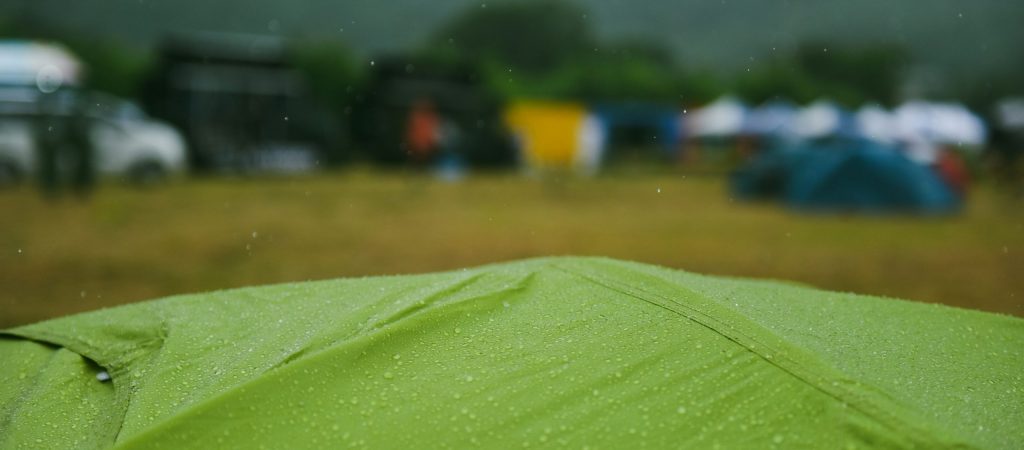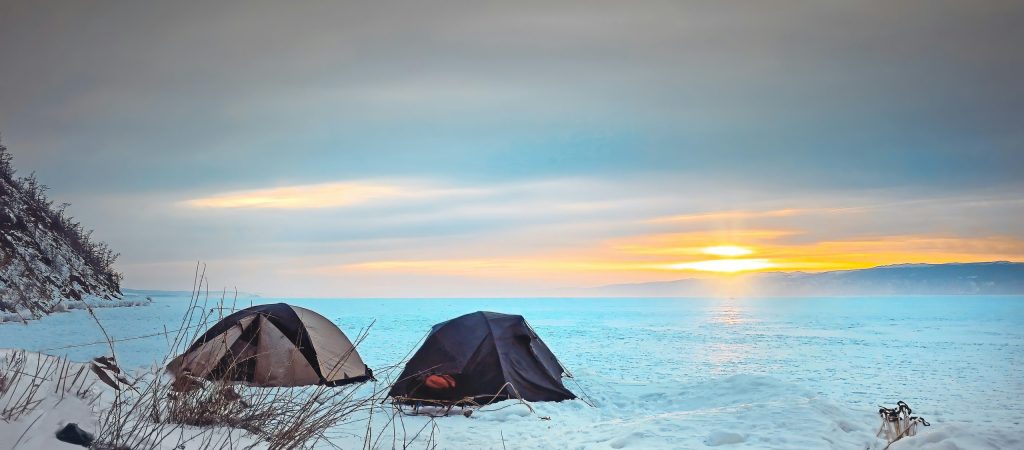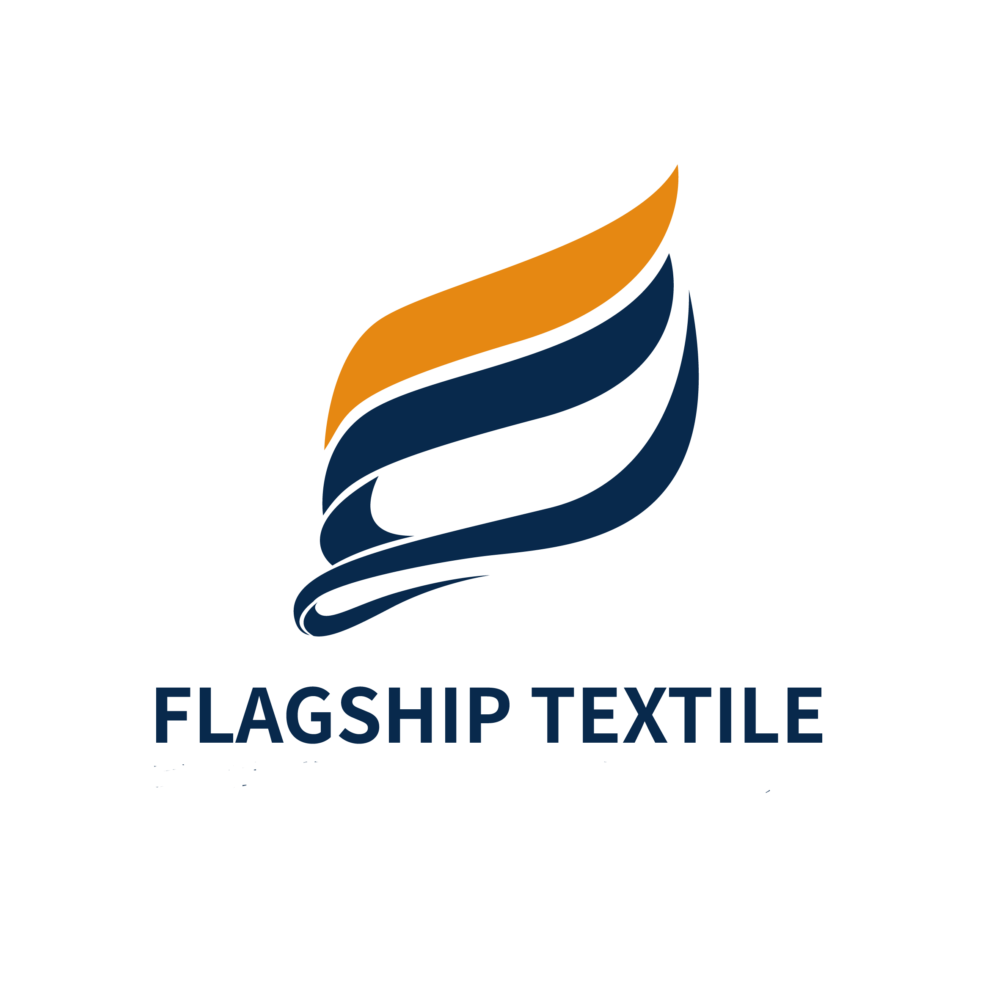Why the fabric used for tent is looks different?
When you choose an ultra-light tent in a store and ready to start your outdoor trip, you will find that the canopy,body or floor fabric of tents from different brands is different. So why do brand owners use different fabrics when designing tents? What is 10D/20D/40D/70D fabric ?
As a outdoor fabric manufacturer , we are always got the inquires from DIY customers and also designers from outdoor brand. Usually they don’t have much more learn about fabric and need help for us. Let me make it sense to you : When traveling outdoors, the usage environment of the outdoor ultra-light tent should be the first factor to consider when choosing the fabric. For example, camping on some high mountains, or near lakes, or the places you go to often have heavy rainstorms and strong winds, etc
For mountains :
- 40D Ripstop Nylon Fabric With Front side Silicone and Back side PU Coated would be first option. Fabric was woven by 40 denier yarn which make fabric not thicker (heavy) but keep the basic strength. It designed by square ripstop lines to improve the tear strength and also tensile strength. Front side coaing by 100% silicone glue that make the fabric touched smooth and enhance a lot strength for tear resistance and waterproof rate. But disadvantage of silicone coating is it will make the fabric easy to attracting dust, but thanks to the good waterproof performance of silicone, it will be very convenient to clean the dust. Back side(Inner of tent) coating by PU will great improve the waterproof (hydrostatic pressure) for fabric. It worked with front side silicone that waterproof could reach in 3000 MM at least. If you take the fabric PU coating by twice, Then hydrostatic pressure can reach in 5000MM or more. The higher waterproof performance can ensure that the tent remains in good condition during heavy rain. Disadvantage of PU is Pu layer is something like glue , this will hurt tear strength of fabric. Therefore, it is best to use a double-sided coating, which is conducive to the enhanced tear resistance of the silicone on the front to offset the tear strength loss caused by the polyurethane on the back.

For Snow:
- 20D ripstop nylon fabric with silicone/silicone coated.
- 40D ripstop nylon fabric with silicone/silicone coated.
These two fabric is more popular used for outdoor ultralight tent for snowstorm place. For example, tents for reaching the summit of the Himalayas, or for camping on the mountain tops of the Alps and other places.
The smaller the Denier of the fabric is, the lighter the fabric quality is. But this does not mean that the strength of the fabric will be worse. As long as reasonable coatings or treatments are used to enhance strength, even very light fabrics can be very strong. For example, the well-know outdoor brand Hilleberg used fabric named “Kerlon 1200” “Kerlon 1800” and so on. These fabric are made of 40D High Tenacity Ripstop Nylon 66 and boasts a tear resistance of at least 18 kg (40 lbs). This strong, waterproof fabric are treated by double side silicone. As we mentioned before, silicone can great enhance the tear strength of fabric and also wateproof. By applying multiple coats and strictly controlling the amount of silicone in each silicone coating, the fabric can absorb and firmly hold the silicone to the greatest extent and fill the gaps between the yarns. In this way, the fabric will maintain excellent water resistance while enhancing the strength of the yarn. This treatment method is also commonly used for the fabric of outdoor paraglider wings.

In addition to the fabrics mentioned above, in regular ultra-light tents, tipstop nylon fabric such as 10D, 15D, 20D, and 30D are also frequently used and did similar coating. These fabrics are lighter in weight because of finer yarns. However, if not properly treated, the tear strength of the fabric may be relatively poor. It is relatively more prone to damage when used outdoors. It is also sufficient for non-professional campers.
Contact us for more help about fabrics!!!












